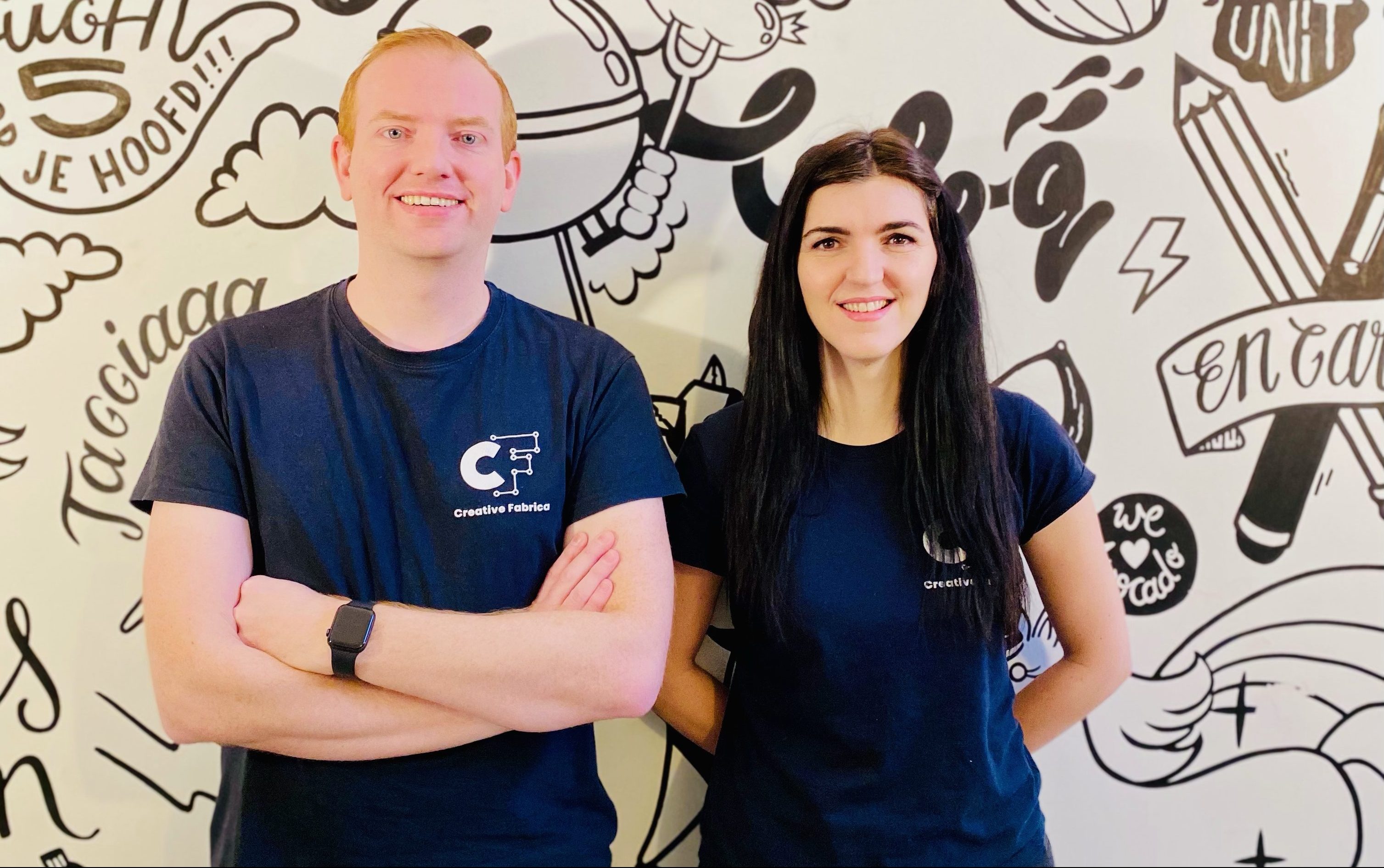- January 21, 2021
- by:
- in: Blog
But it’s been hard to argue against this position in the last ten years, as the country powered ahead, famously producing ground-breaking startups like Waze, which was eventually picked up by Google for over $1 billion in 2013. Waze’s 100 employees received about $1.2 million on average, the largest payout to employees in Israeli high
Released in 2011 “Start-up Nation: The Story of Israel’s Economic Miracle” was a book that laid claim to the idea that Israel was an unusual type of country. It had produced and was poised to produce, an enormous number of technology startups, given its relatively small size. The moniker became so ubiquitous, both at home and abroad, that “Israel Startup Nation” is now the name of the country’s professional cycling team.
But it’s been hard to argue against this position in the last ten years, as the country powered ahead, famously producing ground-breaking startups like Waze, which was eventually picked up by Google for over $1 billion in 2013. Waze’s 100 employees received about $1.2 million on average, the largest payout to employees in Israeli high tech at the time, and the exit created a pool of new entrepreneurs and angel investors ever since.
Israel’s heady mix of questioning culture, tradition of national military service, higher education, the widespread use of English, appetite for risk and team spirit makes for a fertile place for fast-moving companies to appear.
And while Israel doesn’t have a Silicon Valley, it named its high-tech cluster “Silicon Wadi” (‘wadi’ means dry desert river bed in Arabic and colloquial Hebrew).
Much of Israel’s high-tech industry has emerged from former members of the country’s elite military intelligence units such as the Unit 8200 Intelligence division. From age 13 Israel’s students are exposed to advanced computing studies, and the cultural push to go into tech is strong. Traditional professions attract low salaries compared to software professionals.
Israel’s startups industry began emerging in the late 19080s and early 1990s. A significant event came with acquisitor by AOL of the the ICQ messaging system developed by Mirabilis. The Yozma Programme (Hebrew for “initiative”) from the government, in 1993, was seminal: It offered attractive tax incentives to foreign VCs in Israel and promised to double any investment with funds from the government. This came decades ahead of most western governments.
It wasn’t long before venture capital firms started up and major tech companies like Microsoft, Google and Samsung have R&D centers and accelerators located in the country.
So how are they doing?
At the start of 2020, Israeli startups and technology companies were looking back on a good 2019. Over the last decade, startup funding for Israeli entrepreneurs had increased by 400%. In 2019 there was a 30% increase in startup funding and a 102% increase in M&A activity. The country was experiencing a 6-year upward funding trend. And in 2019 Bay Area investors put $1.4 billion into Israeli companies.
By the end of last year, the annual Israeli Tech Review 2020 showed that Israeli tech firms had raised a record $9.93 billion in 2020, up 27% year on year, in 578 transactions – but M&A deals had plunged.
Israeli startups closed out December 2020 by raising $768 million in funding. In December 2018 that figure was $230 million, in 2019 it was just under $200 million.
Late-stage companies drew in $8.33 billion, from $6.51 billion in 2019, and there were 20 deals over $100 million totaling $3.26 billion, compared to 18 totaling $2.62 billion in 2019.
Top IPOs among startups were Lemonade, an AI-based insurance firm, on the New York Stock Exchange; and life sciences firm Nanox which raised $165 million on the Nasdaq.
The winners in 2020 were cybersecurity, fintech and internet of things, with food tech cooing on strong. But while the country has become famous for its cybersecurity startups, AI now accounts for nearly half of all investments into Israeli startups. That said, every sector is experiencing growth. Investors are also now favoring companies that speak to the Covid-era, such as cybersecurity, ecommerce and remote technologies for work and healthcare.
There are currently over 30 tech companies in Israel that are valued over $1 Billion. And four startups passed the $1 billion valuation just last year: mobile game developer Moon Active; Cato Networks, a cloud-based enterprise security platform; Ride-hailing app developer Gett got $100 million ahead of its rumored IPO; and behavioral biometrics startup BioCatch.
And there was a reminder that Israel can produce truly ‘magical’ tech: Tel Aviv battery storage firm StorDot raised money from Samsung Ventures and Russian billionaire Roman Abramovich for its battery which can fully charge a motor scooter in five minutes.
Unfortunately, the coronavirus pandemic put a break on mergers and acquisitions in 2020, as the world economy closed down.
M&A was just $7.8 billion in 93 deals, compared to over $14.2 billion in 143 M&A deals in 2019. RestAR was acquired by American giant Unity; CloudEssence was acquired by a U.S. cyber company; and Kenshoo acquired Signals Analytics.
And in 2020, Israeli companies made 121 funding deals on the Tel Aviv Stock Exchange and global capital markets, raising a total of $6.55 billion, compared to $1.95 billion raised in capital markets in Israel and abroad in 2019, as IPOs became an attractive exit alternative.
However, early-round investments (Seed + A Rounds) slowed due to pandemic uncertainty, but picked-up again towards the end of the year. As in other countries in ‘Covid 2020’, VC tended to focus on existing portfolio companies.
Covid brought unexpected upsides: Israeli startups, usually facing longs flight to Europe or the US to raise larger rounds of funding, suddenly found that Zoom was bringing investors to them.
Israeli startups adapted extremely well in the Covid era and that doesn’t look like changing. Startup Snapshot found that 55% startups profiled had changed (or considered changing) their product due to Covid-19. Meanwhile, remote-working – which comes naturally to Israeli entrepreneurs – is ‘flattening’ the world, giving a great advantage to normally distant startup ecosystems like Israel’s.
Via Transportation raised $400 million in Q1. Next Insurance raised $250 million in Q3. Seven exit transactions with over the $500 million mark happened in Q1–Q3/2020, compared to 10 for all of 2019. These included Checkmarx for $1.1 billion and Moovit, also for a billion.
There are three main hubs for the Israeli tech scene, in order of size: Tel Aviv, Herzliya and Jerusalem.
Jerusalem’s economy and therefore startup scene suffered after the second Intifada (the Palestinian uprising that began in late September 2000 and ended around 2005). But today the city is far more stable, and is therefore attracting an increasing number of startups. And let’s not forget visual recognition company Mobileye, now worth $9.11 billion (£7 billion), came from Jerusalem.
Israel’s government is very supportive of it’s high-tech economy. When it noticed seed-stage startups were flagging, the Israel Innovation Authority (IIA) announced the launch of a new funding program to help seed-stage and early-stage startups, earmarking NIS 80 million ($25 million) for the project.
This will offer participating companies grants worth 40 percent of an investment round up to $1.1 million and 50 percent of a total investment round for startups in the country or whose founders come from under-represented communities – Arab-Israeli, ultra-Orthodox, and women – in the high-tech industry.
Investments in Israeli seed-stage startups decreased both absolutely and as a percentage of total investments in Israeli startups (to 6% from 11%). However, the decline may also be a function of large tech firms setting up incubation hubs to cut up and absorb talent.
Another notable aspect of Israel’s startups scene is its, sometimes halting, attempt to engage with its Arab Israeli population. Arab Israelis account for 20% of Israel’s population but are hugely underrepresented in the tech sector. The Hybrid Programme is designed to address this disparity.
It, and others like it, this are a reminder that Israel is geographically in the Middle East. Since the recent normalization pact between Israel and the UAE, relations with Arab states have begun to thaw. Indeed, Over 50,000 Israelis have visited the United Arab Emirates since the agreement.
In late November, Dubai-based DIFC FinTech Hive—the biggest financial innovation hub in the Middle East—signed a milestone agreement with Israel’s Fintech-Aviv. Both entities will now work together to facilitate the cross-border exchange of knowledge and business between Israel and the United Arab Emirates.
Perhaps it’s a sign that Israel is becoming more at ease with its place in the region? Certainly, both Israel’s tech scene and the Arab world’s is set to benefit from these more cordial relations.
Our Israel survey is here.





